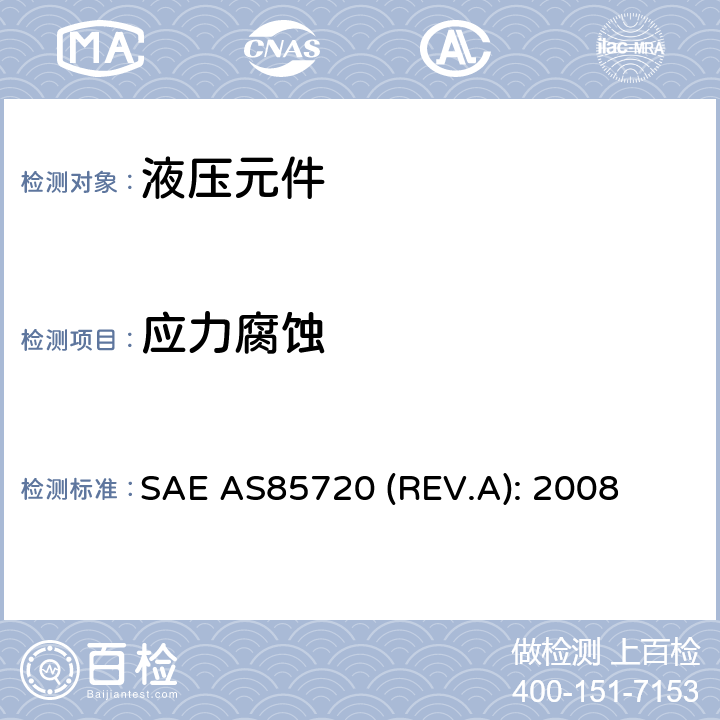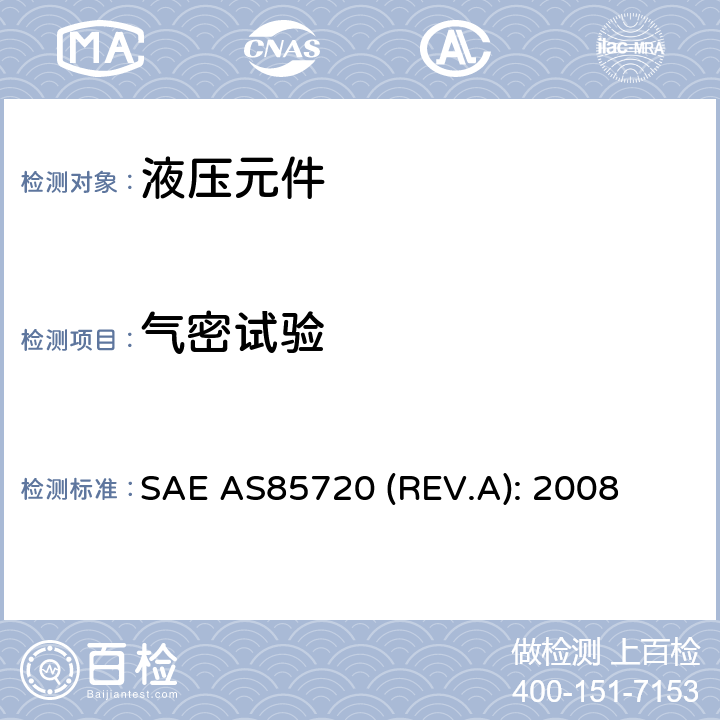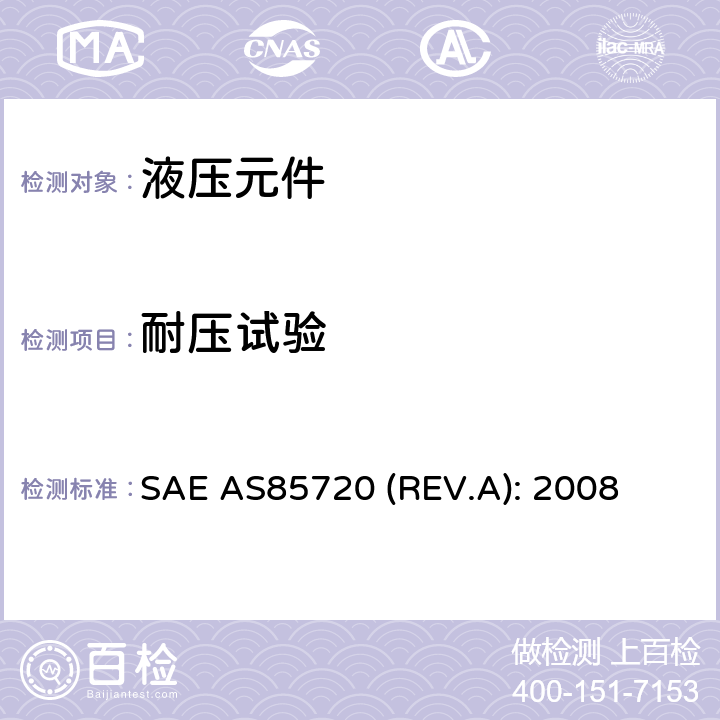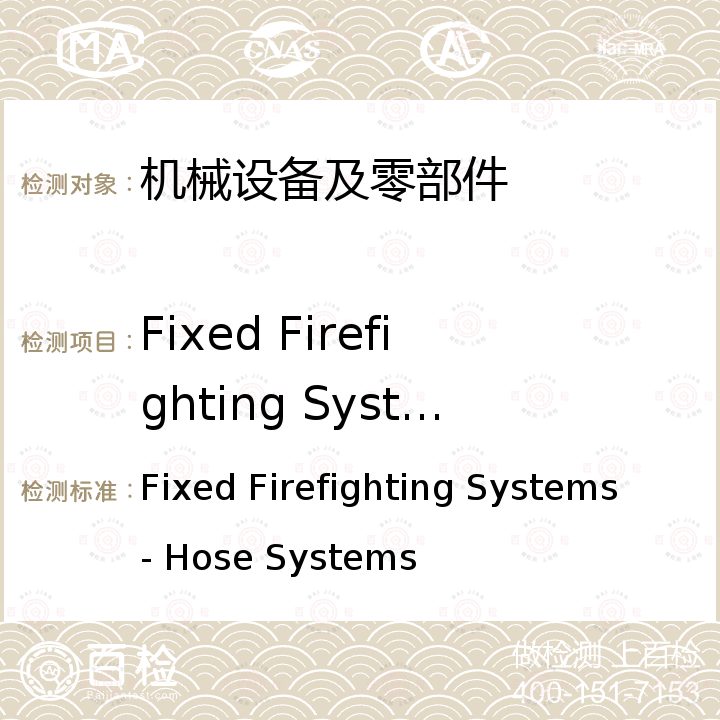Fornew readers and those who request to be “好友good friends” please read my 公告栏 first.
In scienceand engineering, traditionally we are introduced to dynamic systems via ordinary or partial differential equations (ODEs or PDEs). Historically, almostall of our major successes in S&T from Newton’s law of motion used tocalculate the orbits of planets to modern models to predict weather conditionsare ODE or PDE based. Variables involved are real numbers. We call such systemsContinuous Variable Dynamic Systems (CVDS)
Two distinctfeatures characterizing these DE models of CVDS are
1. They are approximations to natureboth in terms of accuracy and uncertainty
2. They needs to beverified, validates, and quantified
Agood reference on the subject is the recently published volume from the US National Academy Press on “Assessingthe Reliability of Complex Models: Mathematical and Statistical Foundations of Verification, Validation, and Uncertainty Quantification, ISBN978-0-309-25634-6 (2012)”
On the other hand, modern civilization has increasingly created totally man made dynamic systems that do not obey differential equations. The most easily understood example is the operation ofan international airport, say the Beijing Capital airport. One can easilyimagine others such as traffic and communication networks or manufacturing plants. Such systems are clearly dynamic and evolve in time according to manmade rules of operation and depending on the happenings of various event ssuch as the landing of a passenger plane, arrival of a message, breakdown of a machine, etc.. We denote such systems as Discrete Event Dynamic Systems (DEDS)where evolution of the system is triggered by discrete events. They are event driven rather than time-driven as with CVDS. These systems are creations of our imagination and do not depend on any fundamental natural law except for physical and material limits. Well beings of our civilization depend heavily on both the regular functioning of CVDS as well as the smooth operations of DEDS.
Another way of distinguishing these two different types of dynamic systems can be made using the mathematical tools employed in studying them.
Mathematically, the effort in CVDS islargely descriptive (i.e. how thing are) while in DEDS is prescriptive (howthings should be). I have previously written about this distinction http://blog.sciencenet.cn/blog-1565-382212.html and won’t repeat the discussion here. I recommend interested reader to re-read that blog article.
While DE based mathematics have a long history and are well studied,DEDS are much more recent effort. It does not enjoy an established framework of methodology like that of nonlinearDE and their associated linearized version of systems which are thoroughly studied. The nearest equivalent universal model of DEDS is something known as Generalized Semi-Markov Process (GSMP). But it does not have nearly as well developed methodology as nonlinear and linear DEs. To use an analogy, whileGSMP is like nonlinear DE, there is no linearized version of GSMP like linearDEs. Thus, it must be studied on its terms without approximate analysis. In fact Perturbation Analysis (PA) which I have written about earlier is thenearest and still imperfect attempt at linearizing DEDS http://blog.sciencenet.cn/home.php?mod=space&uid=1565&do=blog&id=29014 .
Professor Xiren Cao of USTHK and Shanghai Jiao-Tong U is the leading expert on PA and related DEDS study. One should consult his book Xiren Cao, Stochastic Learning and Optimization:A sensitivity-based View, Springer 2007 .
Aparticular class of GSMPs is the Queuing Network model. For a good example,imagine the operation of an emergency department of a large hospital. Patientsarrive randomly. They are usually first interviewed by a triage nurse whodetermines the nature of the emergency and treatment required. The3 patient isthen sent to the appropriate department/treatment station to receive care.After treatment, the patient may be admitted to the hospital for a long stay,to another treatment station, or discharged. In the meantime, the admitting department processes the patient’s insurance information and issue bills and does thenecessary accounting work. For each of these steps of service, an entity(either the patient or an insurance form/bill) requires service by a servingunit. Arriving entities wait in a queue and are served by the servicing unit insome order consuming a random amount of service time. A network model consistsof a collection of such queue-service units with entities arriving externally and them moving among the units according to some probability specified by atransition matrix among the units. Many DEDS can be approximately modeled by such queuing networks. The performance of such model are expected wait and service time in the system, utilization of the servicing unit, etc. A very specific class of such queuing networks has Poisson arrival from external sources and exponential service time distributions for service units. This class has aclosed form computational solution very much in the spirit of linear ODEs.
Becauseof the paucity of analytical/computational tools for the study of GSMPs,simulation is often used to model/analyze/validate such DEDSs. I have discussed the subject of simulations and optimization earlier in What is ExperimentalSystem Engineering? http://blog.sciencenet.cn/blog-1565-382212.html , How to Do Research #3 http://blog.sciencenet.cn/blog-1565-2501.html .
The optimization and control of DEDS is an on-going and fertile field of research.Major breakthrough still lies in the future.



 1stCode of Conducton Energy Efficiency of External Power SuppliesVersion 5
1stCode of Conducton Energy Efficiency of External Power SuppliesVersion 5












 400-101-7153
400-101-7153 15201733840
15201733840

